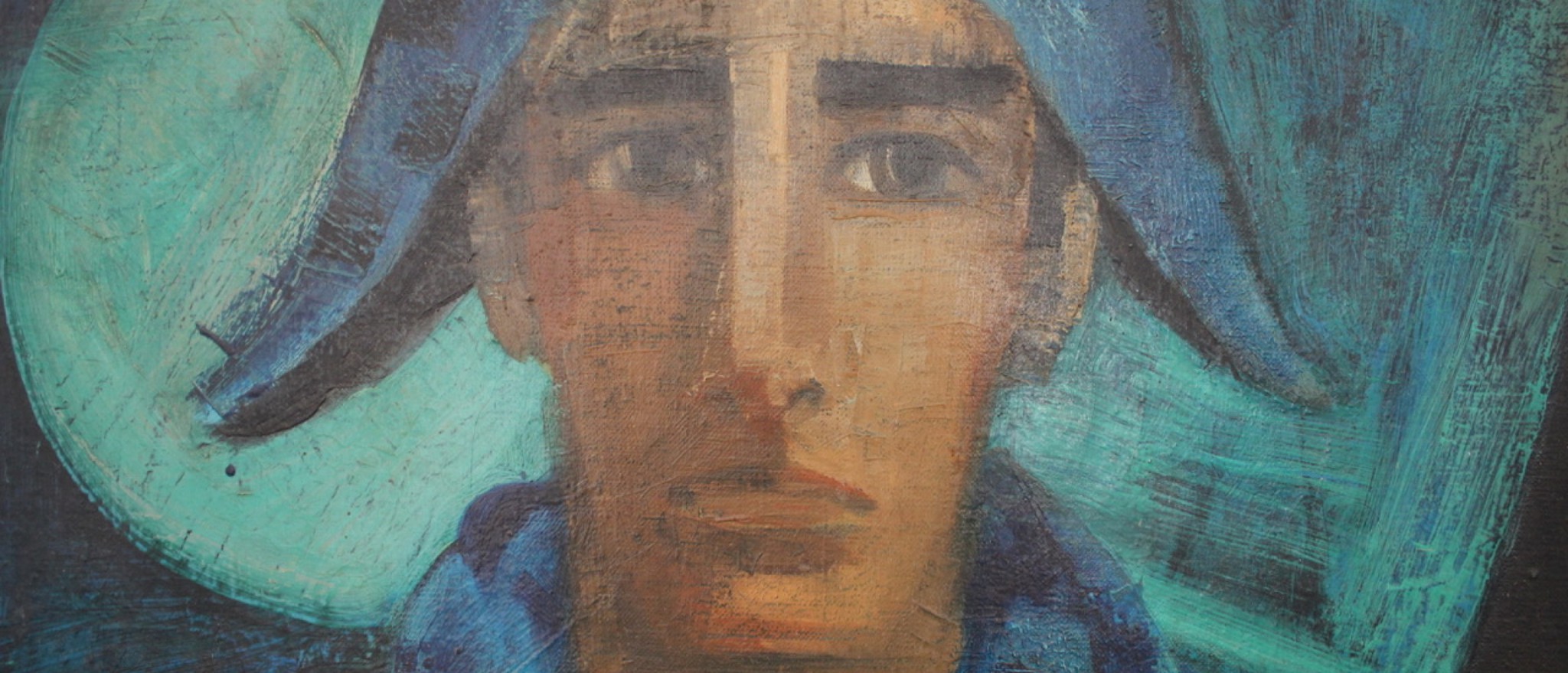
Brownrigg Archive
Unavailable and sold items
Very Stylish French Glass Centrepiece by Daum Nancy
A very Stylish French Glass bowl by Daum Nancy .
Signed at the base.
Glassware marked Daum Nancy is credited to Auguste and Antonin Daum. These brothers took over a glass factory owned by their father Jean Daum located in Nancy, France, during the 1870s. The Daum factory produced watch crystals and utilitarian glassware until the 1890s. The brothers began experimenting with art glass beginning in the 1890s and continued into the early 20th century. They introduced their cameo glassware at the Chicago World’s Fair in 1893.
Much of the glass made by the Daum factory was cameo in style. That means that multiple layers of glass were carved to achieve a design in low relief. Some examples combine a variety of techniques, however, such as enameling or intaglio carving in the design rather than adhering strictly to cameo décor. Occasionally, a Daum piece will be found set in silver or gilt base to form a vase or dish.
The Daum brothers are said to have been greatly influenced by their neighbor Emile Gallé, according to European Art Glass by Ray and Lee Grover. Some of their work, in fact, may be confused with Gallé’s glass at first glance, since he indeed mastered the cameo technique. Daum’s glass became even more popular and innovative after 1904 when Gallé passed away, as reported in a CollectorsWeekly.com online article.
After a slow period of art glass production during World War I, the factory turned from Art Nouveau to Art Deco designs keeping pace with more popular styles of the day. Daum also shifted from handcrafted wares to more mass-produced pieces. Pâte-de-verre, a process where crushed glass is placed in a mold and heated until fused then finished using cameo glass techniques, was also widely used, according to Collector’s Weekly.
When World War II ended, Daum changed its focus again. Clear lead crystal was blown or hot-worked by artisans into beautiful figures, bowls, and other wares. They were influenced by the Daum Christalerie de Nancy work of the 1920s. Pâte-de-verre pieces were reintroduced by the company in the 1970s as Pâte-de-Verre Nouveau.
More recent Daum Nancy pieces are still made of high-quality clear glass.
Daum Nancy Marks
Some Daum Nancy pieces are marked by incising the signature into the side of the piece, as is the case with the pillow vase illustrating this article. Other Daum marks are found on the base of the piece.
Whether on the side or bottom, the mark will include the words “Daum Nancy” with the Cross of Lorraine (a French cross consisting of a vertical line crossed by two horizontal bars with one being shorter than the other). Some marks connect the cross with the signature, others have the cross beneath the Daum Nancy wording.
There are several different variations on the Daum Nancy mark as well. Some have the “Y” in Nancy elongated in what collectors reference as the “Devil’s Tail” mark. Others include the word “France.” One variation includes the date and a butterfly, and several have very curvy writing.
Daum marks without the cross of Lorraine indicate pieces that were manufactured by Paul Daum, one of Auguste Daum’s sons, who also owned several glass factories. These businesses were managed by former Lalique employee Pierre D’Avesn. The glass made by this firm is also high quality and considered collectible.
Reference number
13994
Measurements
Height: 9.5cm (3.7 inches)
Diameter: 41cm (16.1 inches)

Can't find what you're looking for?
We may be able to help...
Through our wide-ranging connections, we’re usually able to source unusual or specific pieces to a brief. Get in touch and we’ll begin a search.










